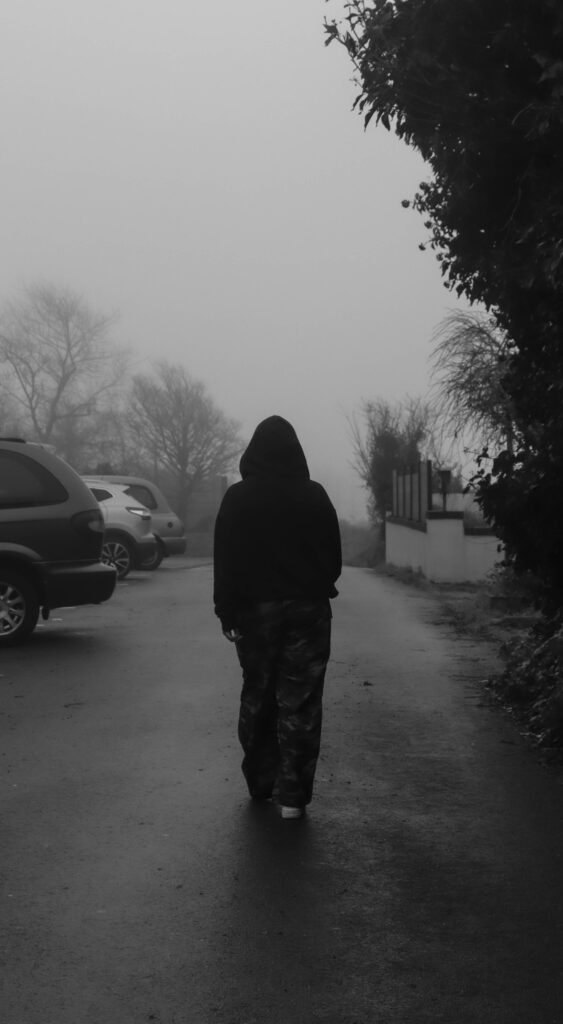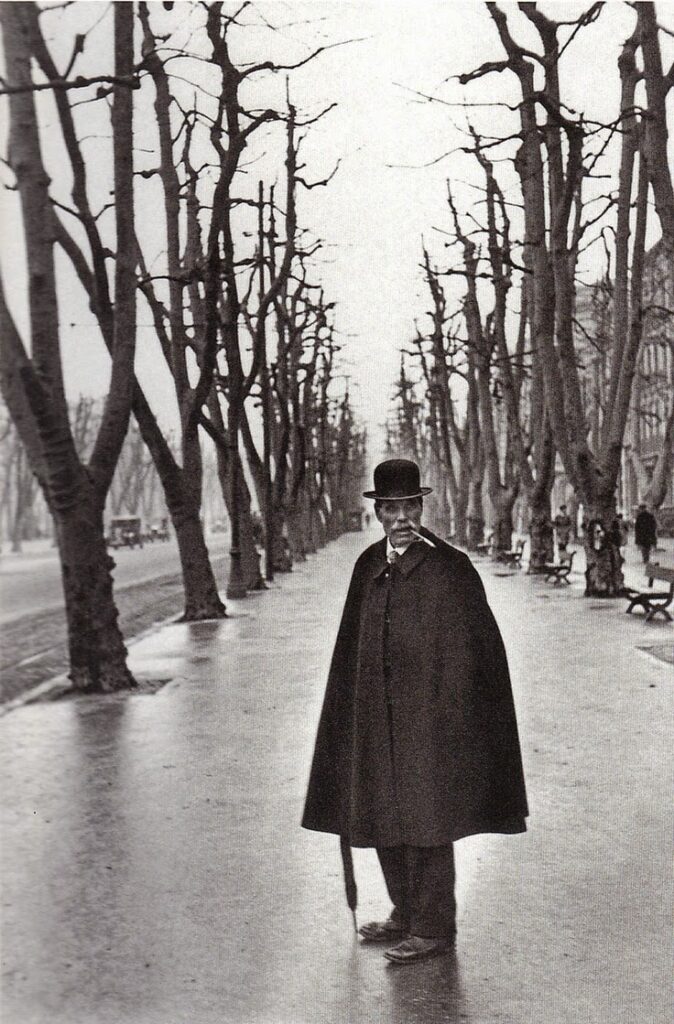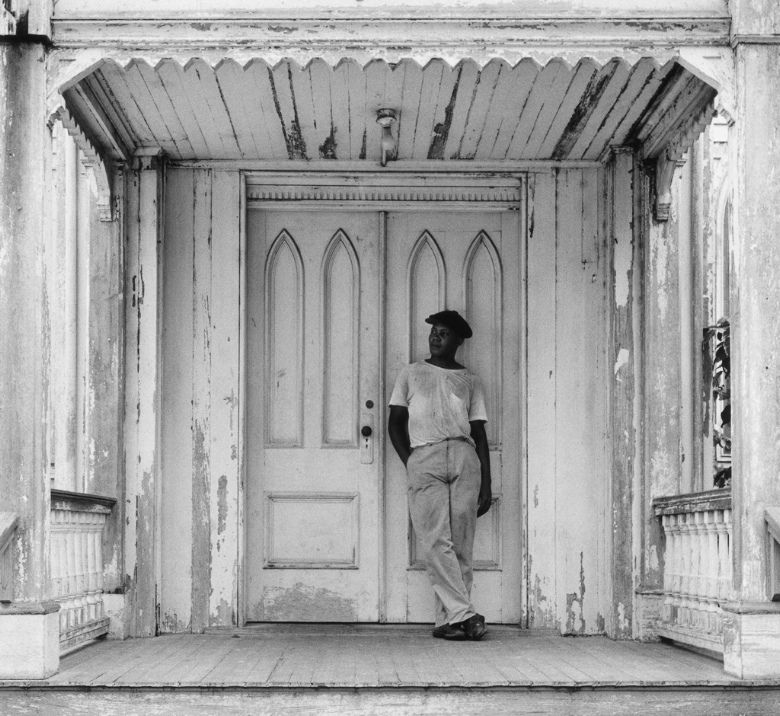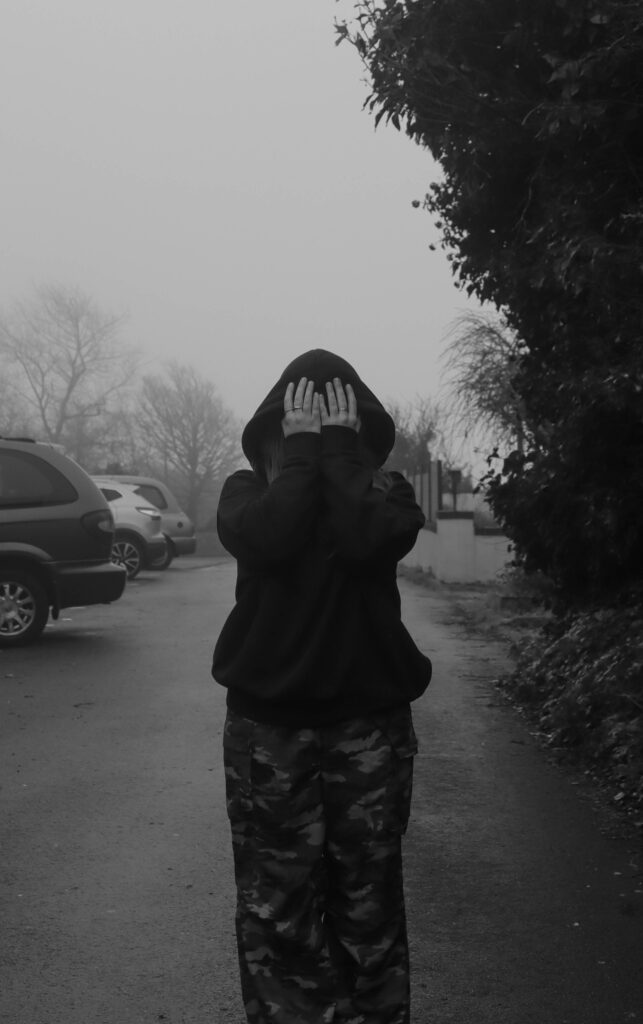Sticky Mr Toft Leave a comment
DEADLINE: Essay Introduction Draft MUST be handed in Thursday 18 Dec 2024
DEADLINE: Final Essay MUST be handed in Fri 31 Jan 2025
Copy this essay plan into your own blog post, titled: Essay Draft:
Literary sources: Go to this blog post here: Theory: Literary Sources and copy relevant key texts relating to the subject of your essay and list in alphabetical order in your bibliography. In addition, find your own key texts in relation to artists selected for in-depth analysis in your essay and list these too. These texts could be interviews with the artist, or reviews/ critique’s written by others. See useful online sites/ sources here .
- Research and identify 3-5 literary sources from a variety of media such as books, journal/magazines, internet, Youtube/video that relates to your personal study and artists references .
- Begin to read essay, texts and interviews with your chosen artists as well as commentary from critics, historians and others.
- It’s important that you show evidence of reading and draw upon different pints of view – not only your own.
- Take notes when you’re reading…key words, concepts, passages, page number to be used for in-text referencing etc.
Essay Question
- Think of a hypothesis and list possible essay questions
- Below is a list of possible essay questions that may help you to formulate your own.
possible-essay-questions-to-investigate
Some examples of Personal Study essays from previous students:
Essay Plan
Make a plan that lists what you are going to write about in each paragraph – essay structure
- Essay question:
What is the relationship between Henri Cartier-Bresson’s theory of the ‘decisive moment’ and subjectivity?
To What Extent Is An Insiders Point Of View Truthful In Documentary Photography?
How can photography bear witness to the ways of life and events of the world?
How can photography bear witness to the world ways of life and events of the world?
What is the relationship between Henri Cartier-Bresson’s theory of the ‘decisive moment’ and subjectivity?
faith fact and fiction reality vs staged
- Opening quote
‘To collect photographs is to collect the world’ (Sontag 1977:3)
- Introduction (250-500 words): What is your area study? Which artists will you be analysing and why? How will you be responding to their work and essay question?
Essay introduction: convert draft introduction to final version.
- Think about an opening that will draw your reader in e.g. you can use an opening quote that sets the scene. Or think more philosophically about the nature of photography and its feeble relationship with reality.
- You should include in your introduction an outline of your intention of your study, e.g.
- What are you going to investigate?
- How does this area/ work interest you?
- What are you trying to prove/challenge, argument/ counter-argument?
- Whose work (artists/photographers) are you analysing and why?
- What historical or theoretical context is the work situated within?
- What links are there with your previous studies?
- What have you explored or experimented with so far in your photography project?
- How will your work develop.
- What camera skills, techniques or digital processes have you used, or going to experiment with?
Below is link to a blog post which will provide you with helpful guidelines if you are struggling to structure your essay or writing paragraphs.
ESSAY WRITING | 2024 Photography Blog (hautlieucreative.co.uk)
Documentary style shoots, story telling, seeking.
I’m going to analyse:
- Henri-Cartier Bresson (Documentary style photography)
- Konrad Hellfeuer (Documentary style photography)
- Matt Black (Documentary style photography)
In exploring my faith, religion, and photography, Susan Sontag’s assertion that “To collect photographs is to collect the world” (1977:3) profoundly shapes my approach to this study. Photography, especially in its documentary style, allows us to capture the essence of human experience, offering a window into the diverse and intimate ways people express belief and spirituality. This approach aligns with my own work, where I draw inspiration from Henri Cartier-Bresson, whose work of the decisive moment in documentary photography influences my desire to capture fleeting but profound instances of faith and my journey. Much like Henri Cartier-Bresson’s ability to reveal the underlying truths of human life through spontaneous moments, I look to document the quiet, sacred expressions of my own faith, offering a visual narrative that reflects not just personal devotion, but also the universal experience of spirituality. Through documentary photography, I aim to present these sacred moments in a way that invites reflection on religion and belief, while showcasing the subtle, often unnoticed beauty of spiritual life. I chose documentary photography as I am trying to represent a story behind my photographs. I am going to be taking images showing the stages of how I went from the darkness of being confused, lonely and not knowing what to do in life and the journey of me slowly finding my way to God and starting my walk of faith as a Christian. I am going to represent this journey through various photoshoots that piece together my story in the style of documentary photography. One of my inspiration is Henri Cartier-Bresson and in this essay I will be investigating his theory of the ‘decisive moment’ and its influence on contemporary documentary photography. A second photographer I will be analysing in relation to the decisive moment is Konrad Hellfeuer who explore religion through a documentary approach to image-making. A third artist I will be looking at is Arnold Newman, a photographer who predominantly explores the subjects of geography, inequality, and the environment in his native region and in related places, using the aesthetics of black and white. He also uses documentary photography.
Documentary photography, as a medium, has been known for capturing the complexities of human existence, where it often frames social and cultural narratives within specific historical contexts. This approach of photography seeks to engage with reality, capturing moments in real time, moments that can only be captured once creating all sorts of stories and representing them through images. In the theme of faith and religion, documentary photography can serve as a powerful means to explore personal and collective spiritual experiences.
For my personal study, I’m focusing on the work of photographer Henri-Cartier Bresson and documentary photography. I will also look at his ability to represent a deeper meaning and story through different contrasts, shapes, angles, shadows as prescribed in his theory the decisive moment. According to Cartier-Bresson the decisive moment is ‘the simultaneous recognition, in a fraction of a second, of the significance of an event as well as the precise organization of forms which gives that event its proper expression.’ (Cartier-Bresson 1952). My interpretation of his theory is that he makes photographs of situations and people in that moment in time, creating images that would never be able to be replicated.
my image compared to Henri-Carter Bresson –


When comparing his work to my own images, I can see how I try to create a similar sense of emotion and storytelling like he does, though I tend to focus more on natural light and environments using the weather and location as it is without manipulating anything whatsoever.
In my first shoots, I experimented with capturing moments of genuine expression and emotions of how I was feeling in those moments which I believe aligns with Henri-Cartier Bresson’s goal of showing vulnerability and authenticity. Looking at both his work and my own, I realize how important it is to connect with the subject and take images in certain locations in order to really capture what I am looking for within my theme of faith and religion.
The second photographer I’m looking at is Arnold Newman, whose street photography captured everyday moments with a raw, storytelling and emotional feel. His use of positioning and angles really gives it a free feeling of being able to take images and capture real life images that can only be lived once, which is something I’ve tried to experiment with in my own work.
My image compared to Arnolds –


For example, in my second photoshoot, I focused on shooting people in the environment and just capturing people without them noticing, just like both Henri and Arnold did, as they both focus on in the moment circumstances where you can see peoples real emotions within those moments.
More of my images from the second shoot and evaluation
When I compare Arnolds approach to mine, I can see how I still have a lot to learn in terms of capturing that perfect moment of spontaneity. While Arnolds’ work often feels like he was in the right place at the right time, I sometimes feel like I’m more deliberate with my shots as I have tried to replicate a story and the emotions that come with it, of how both myself and someone else would feel when finding their path in faith.
Bibliography:
Documentary photography sources:
A short PPT on Documentary Photography
Wells L. (1998). ‘The Photograph as Document’ in Photography: A Critical Introduction. London: Routledge.
Bull, S. (2009), ‘The Photograph as Document’ in Photography. London: Routledge.
Bate, David (2016) ‘The Art of the Document’ in Art Photography. London: Tate Galleries.
– A text about how documentary photography now is considered within a fine-art context
Cartier-Bresson, H. (1952). The Decisive Moment. Gottingen: Steidl
Sontag, S. (1977) ‘In Plato’s cave’ in On Photography. London: Penguin Books.
Read interview here by The Guardian’s photography critic Sean ‘Hagan. Cartier-Bresson’s classic is back – but his Decisive Moment has passed
Listen to an audible comment from MOMA (Museum of Modern Art, NYC) here Henri Cartier-Bresson. Behind the Gare St. Lazare. 1932 | MoMA
Henri Cartier-Bresson Behind the Gare St. Lazare1932
Galassi, P. (2003). ‘And Everything in Between’ in Henri Cartier-Bresson: the man, the image and the world. A Retrospective. London: Thames & Hudson.
Clair, J. (2003). ‘Kairos: The Idea of The Decisive Moment in the Work of Cartier-Bresson’ in Henri Cartier-Bresson: the man, the image and the world. A Retrospective. London: Thames & Hudson.

Shannon, the essay introduction is improved. I’ve made a few minor corrections and suggestions. Not sure if you need to include a third photographer, Matt Black, but leave it for now and begin to write paragraph 1. Once you have written paragraphs on Bresson and Hellfeuer then we can evaluate to see if another paragraph is needed.
Pg 1 Historical/ theoretical. As discussed in class, if you have used AI/ Chat GPT you must reference it as a legitimate literary source – see guidelines here
https://hautlieucreative.co.uk/photo25al/2024/12/15/ai-chat-gpt-guidance/
Shannon, I’ve done a final reading and you must do the following to complete the essay.
1. Essay question – choose a final one
2. Introduction: you mention analysing the work of two other photographers Konrad Hellfeueur and Matt Black, but in the essay is writing about Arnold Newman??
3. Paragraph 3: Choose only one of the above and complete
4. Complete conclusion by including examples of your own images
5. Illustrations; Choose one image from Cartier-Bresson and another from Arnold Newman or whoever else you choose. Make sure you add captions; artist name, title, year
5. Final proofread
6. Check quotations and references, bibliography